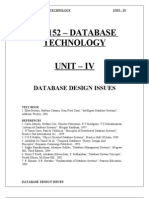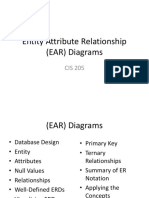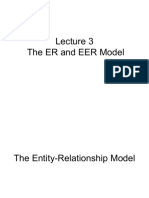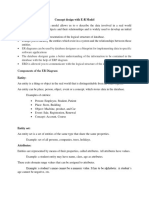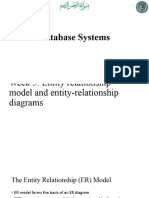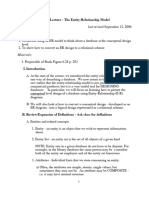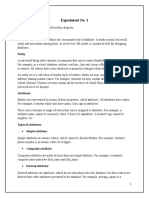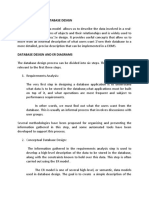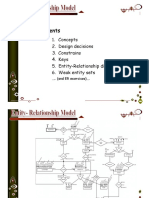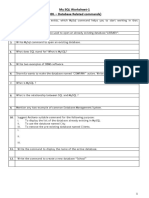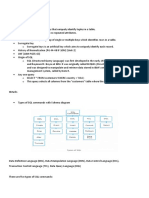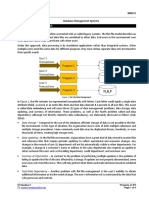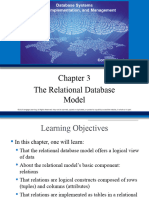0% found this document useful (0 votes)
22 views24 pagesLecture 1
The document outlines the first lecture of CSEN 501, focusing on the Entity-Relationship Model in database design. It covers key concepts such as data models, entity sets, attributes, keys, and relationships, along with their representations in E/R diagrams. The lecture aims to provide foundational knowledge for converting E/R diagrams into relational schemas.
Uploaded by
nesegemaaCopyright
© © All Rights Reserved
We take content rights seriously. If you suspect this is your content, claim it here.
Available Formats
Download as PDF, TXT or read online on Scribd
0% found this document useful (0 votes)
22 views24 pagesLecture 1
The document outlines the first lecture of CSEN 501, focusing on the Entity-Relationship Model in database design. It covers key concepts such as data models, entity sets, attributes, keys, and relationships, along with their representations in E/R diagrams. The lecture aims to provide foundational knowledge for converting E/R diagrams into relational schemas.
Uploaded by
nesegemaaCopyright
© © All Rights Reserved
We take content rights seriously. If you suspect this is your content, claim it here.
Available Formats
Download as PDF, TXT or read online on Scribd
/ 24




